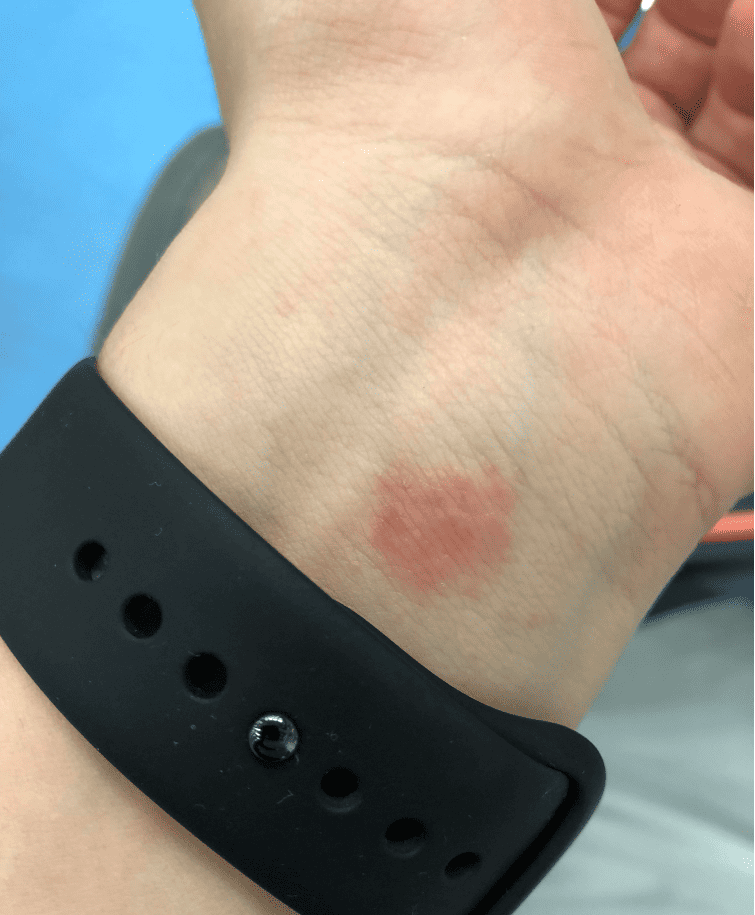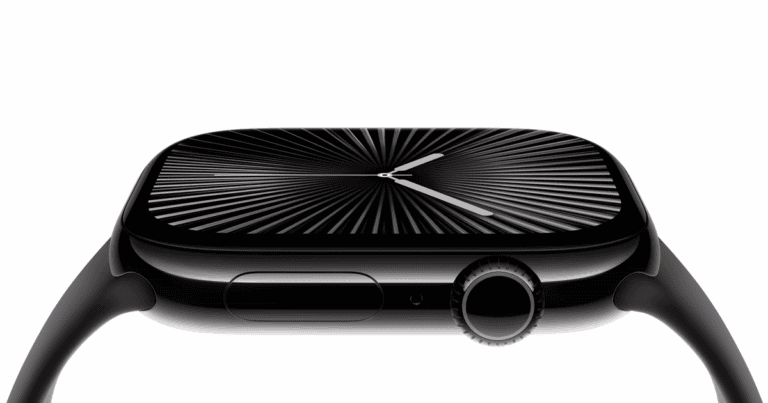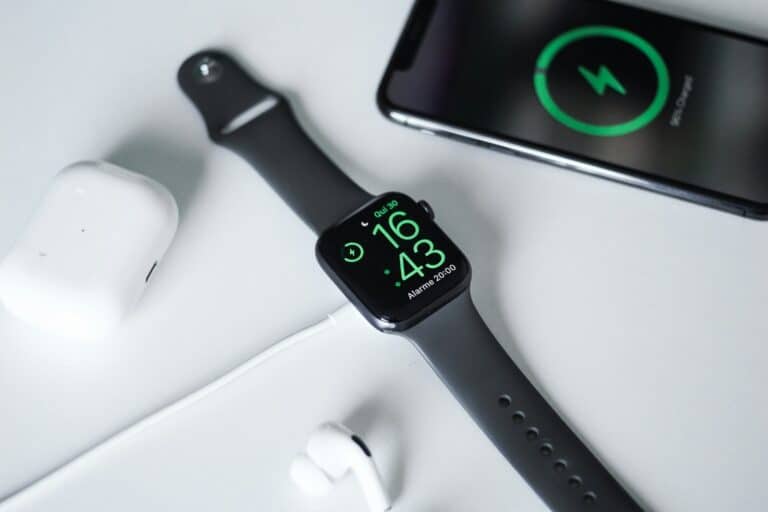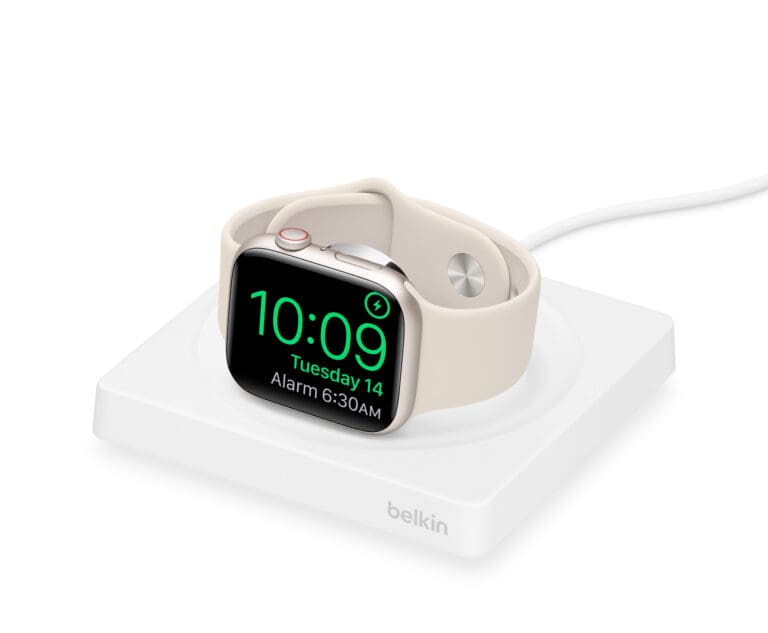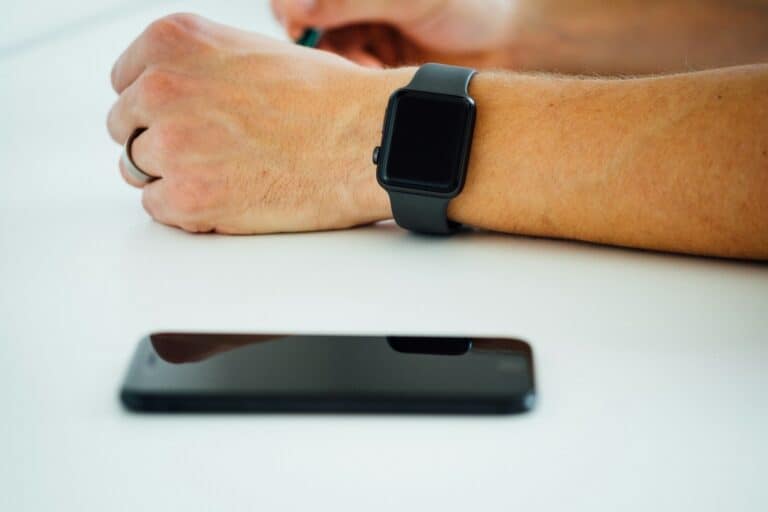Wearing an Apple Watch continuously can lead to various skin issues, a concern frequently raised by users on platforms like Reddit. This article delves into the common problems associated with 24/7 use of the Apple Watch, offering practical solutions and insights into maintaining both your device and skin health.Is Wearing Your Apple Watch 24/7 Safe for Your Skin?
Apple designed the Apple Watch to be worn throughout the day — and even at night — for features like activity tracking, heart-rate monitoring, and sleep tracking. In most cases, wearing it 24/7 is safe. However, prolonged wear without proper care can cause skin irritation or discomfort.
Potential Skin Risks
- Sweat and Moisture Buildup
Wearing your watch constantly can trap sweat, dirt, and moisture against your skin, which may lead to irritation or rashes (source: Apple). - Contact Dermatitis
Even though Apple uses skin-safe materials like stainless steel, aluminum, and hypoallergenic fluoroelastomer bands, some people may still experience allergic reactions or sensitivity. - Pressure-Related Irritation
Wearing the watch too tightly can restrict airflow and increase friction, which may lead to redness or chafing.
Best Practices for Safe 24/7 Wear
- Keep Skin and Watch Clean
- Rinse the watch and band with fresh water after workouts or sweating.
- Dry thoroughly before putting it back on.
- Adjust the Fit
- The watch should be snug enough for sensors to work but loose enough to allow your skin to breathe.
- Avoid wearing it too tightly during sleep.
- Take Breaks
- Remove your watch for at least 30–60 minutes daily to let your skin rest and air out.
- Some people choose to remove it while showering or charging.
- Switch Bands
- Rotate between different band materials (e.g., silicone, fabric, leather) to reduce irritation.
- If you have sensitive skin, consider hypoallergenic bands.
- Watch for Early Signs of Irritation
- If you notice redness, bumps, or itching, remove the watch and let your skin recover before wearing it again.
When to Avoid Wearing It
- If you have an open wound, rash, or infection under the watch area.
- During prolonged exposure to water if you’re using a non-waterproof band (like leather).
- If you notice persistent irritation even after adjusting fit and cleaning.
Bottom Line
Wearing your Apple Watch 24/7 is generally safe for most people, but skin health depends on cleanliness, fit, and giving your wrist breaks. If you follow Apple’s care guidelines and listen to your skin’s signals, you can enjoy round-the-clock tracking without issues.
Health Issues Associated with Apple Watch
While Apple Watch boasts many health benefits, there are also potential health risks associated with its use. Here’s a table summarizing the most common issues:
| Health Issue | Description | Potential Cause | Prevention Tips |
|---|---|---|---|
| Skin irritation | Redness, itching, or allergic reactions on the wrist | Friction from the watch band, sweat buildup, material sensitivity | Choose a breathable watch band, keep it clean and dry, avoid wearing it too tight, and take breaks from wearing it. |
| Overtraining | Excessive exercise and potential for injuries | Obsessively tracking metrics and pushing yourself too hard | Set realistic goals, listen to your body, and take rest days. |
| Tech neck | Pain and discomfort in the neck and shoulders | Looking down at the watch for extended periods | Maintain good posture, use the raise-to-wake feature, and take breaks from looking at the watch. |
| Electromagnetic sensitivity | Headaches, dizziness, and sleep disruptions | Electromagnetic field (EMF) emitted by the watch | Limit wear time, keep the watch away from your body when not in use, and consider EMF-shielding products. |
| Anxiety and obsessive behavior | Fixating on health metrics and feeling stressed or anxious about them | Excessive use of health features and overinterpretation of data | Focus on overall health and well-being, take breaks from tracking data, and consult a doctor if concerns arise. |
| Sleep disruption | Difficulty falling asleep or staying asleep due to the watch’s light or notifications | Wearing the watch to bed, blue light exposure, and notifications disturbing sleep | Avoid wearing the watch to bed, use nighttime mode to dim the display, and silence notifications during sleep hours. |
It’s important to note that these are potential risks, and not everyone will experience them. The key is to be mindful of your body and use the Apple Watch responsibly. If you experience any health concerns, consult a doctor.
Skin Irritation from Continuous Wear
One of the most common issues with wearing an Apple Watch all the time is skin irritation. This can manifest as dryness, rashes, or allergic reactions. The skin under the watch becomes particularly susceptible due to constant contact and lack of air circulation.
Moisturizing: A Simple Yet Effective Solution
A straightforward way to combat skin dryness is to regularly moisturize the area under the watch. This practice not only nourishes the skin but also forms a protective barrier, reducing the likelihood of irritation. It’s advisable to apply moisturizer each time you take the watch off, such as during charging.
Switching Wrists: Giving Your Skin a Break
Alternating the wrist on which you wear your Apple Watch can significantly alleviate skin problems. This gives each wrist time to breathe and recover, reducing the chances of developing continuous pressure or friction-related skin issues.
Adjusting the Fit: Tightness Matters
How tightly you wear your Apple Watch can also impact skin health. A fit that’s too snug can restrict blood flow and aggravate skin irritation. It’s essential to wear the watch loosely enough to allow skin movement and air circulation.
Cleanliness: The Key to Preventing Allergic Reactions
Regular cleaning of your Apple Watch, especially the back where it contacts the skin, is crucial. Sweat, sunscreen, and other substances can accumulate, creating a breeding ground for bacteria. This buildup can lead to allergic reactions or infections. Regular cleaning with soap and a little alcohol can keep your watch and skin healthy.
Sensitive Skin: A Special Consideration
For those with sensitive skin, even the best practices might not prevent irritation. In such cases, limiting the time you wear the watch or using it only for specific activities like workouts might be necessary. Listening to your skin and responding to its needs is vital.

